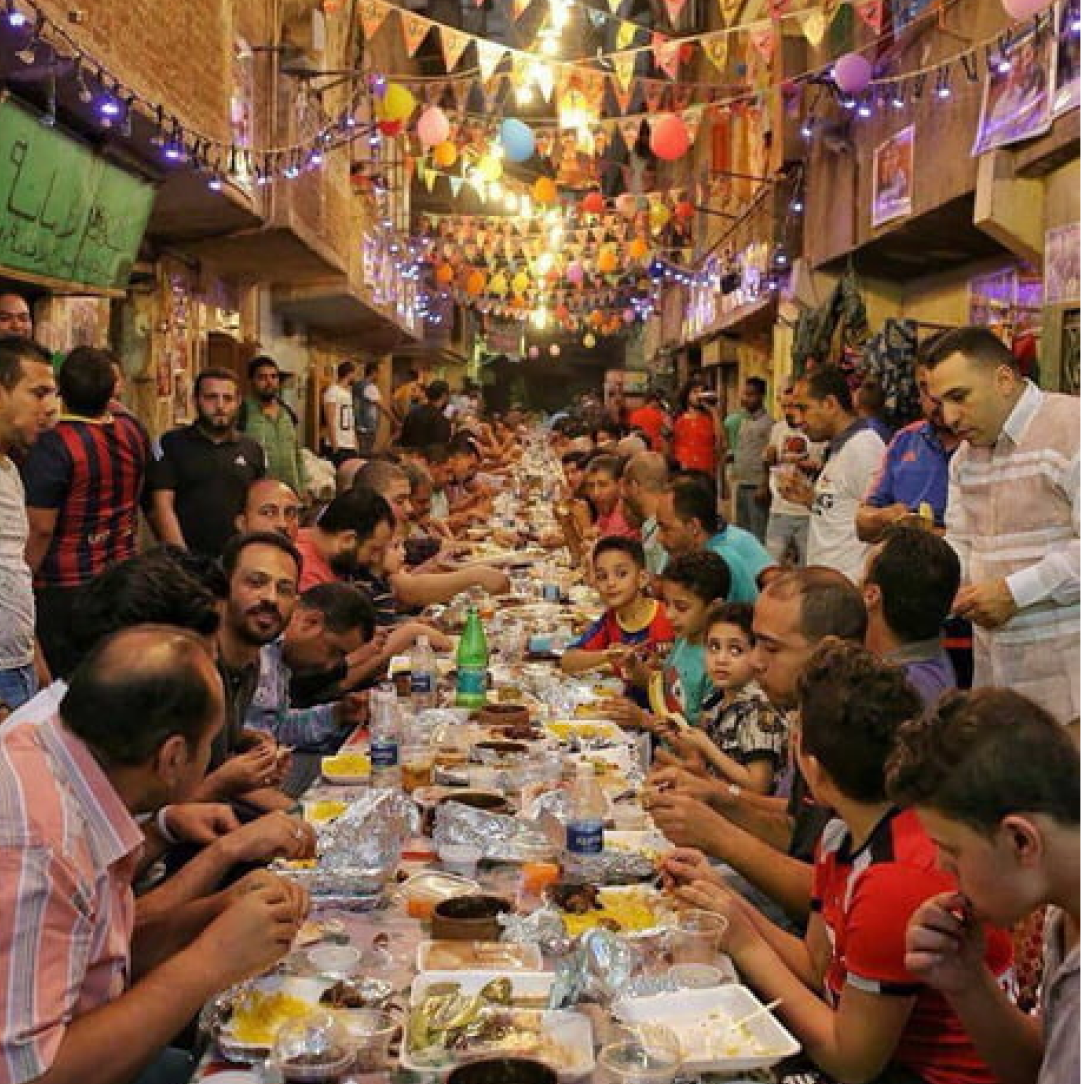ODOMO
Build our communities.
Revolutionize our world.
ODOMO
Build our communities.
Revolutionize our world.


Odomo bootstraps an online people's democracy from the grassroots of America.
The app grows by sharing revenue with people who help their local businesses thrive.
The development strategy of Odomo has three phases:
1
Build an events platform with a unique community-building feature to gain users and revenue.

2
Introduce a mass consensus-building system to align popular movements and business strategies with the public interest.

3
Introduce cooperative governance to develop an independent grassroots economy and political network.

1.a
In phase 1, Odomo will be a competitive ticket vendor site providing some unique features.
Businesses and organizations often host events to build their community. Attendees usually need to visit a ticketing vendor website.
This approach will draw visitors to the site even before we have an established user base. Event organizers will market the platform for us.
Brand ambassadors (you) can receive half of the profits for a year from every organization you refer to the platform. Building the community is a cooperative venture.
1.b
The selling point in phase 1 is a new social feature called Memories.
After an event ends, everyone who attended receives a notification. This will prompt them to explore everyone's photos and videos from the event. But if they want to see these, they first have to upload their own. This collects media from an event in a central location.
A few days later, the event is automatically posted again as a Memory. The public gets to see what everyone experienced at the event.
For event organizers, a Memory is an ideal location to place advertisements. It’s in their interest to promote Odomo to make better Memories and gain a larger audience. These ads create a revenue stream and a passive growth strategy.
In phase 2, we introduce a groundbreaking innovation called Dialectical Consensus. This system allows an unlimited number of people to always reach a sophisticated consensus. Users will be able to reconcile the contradictions within public discourse.
People will use Dialectical Consensus to govern Goals. Goals allow organizers to coordinate and publicize related events.
A Goal contains a set of default and custom Questions. The consensus people reach in these Questions can have concrete effects, like renaming or removing the Goal.

With Dialectical Consensus, we can build a nascent people's democracy that is more resilient to disruption, more coordinated, and easier to scale:
How Dialectical Consensus Works
3
Phase 3 introduces private dialectical consensus within and between organizations.
We also introduce infrastructure for membership, roles and subdivisions. This asset will be offered as a paid service to businesses and other organizations.
Private consensus provides a nuanced way to decide policy and or appoint personnel. Discussions within organizations can generate thought leadership to bring to public discussions.
Odomo will explore blockchain-based tools for users to manage money, which can facilitate decentralized cooperatives and intelligent crowd funding.
